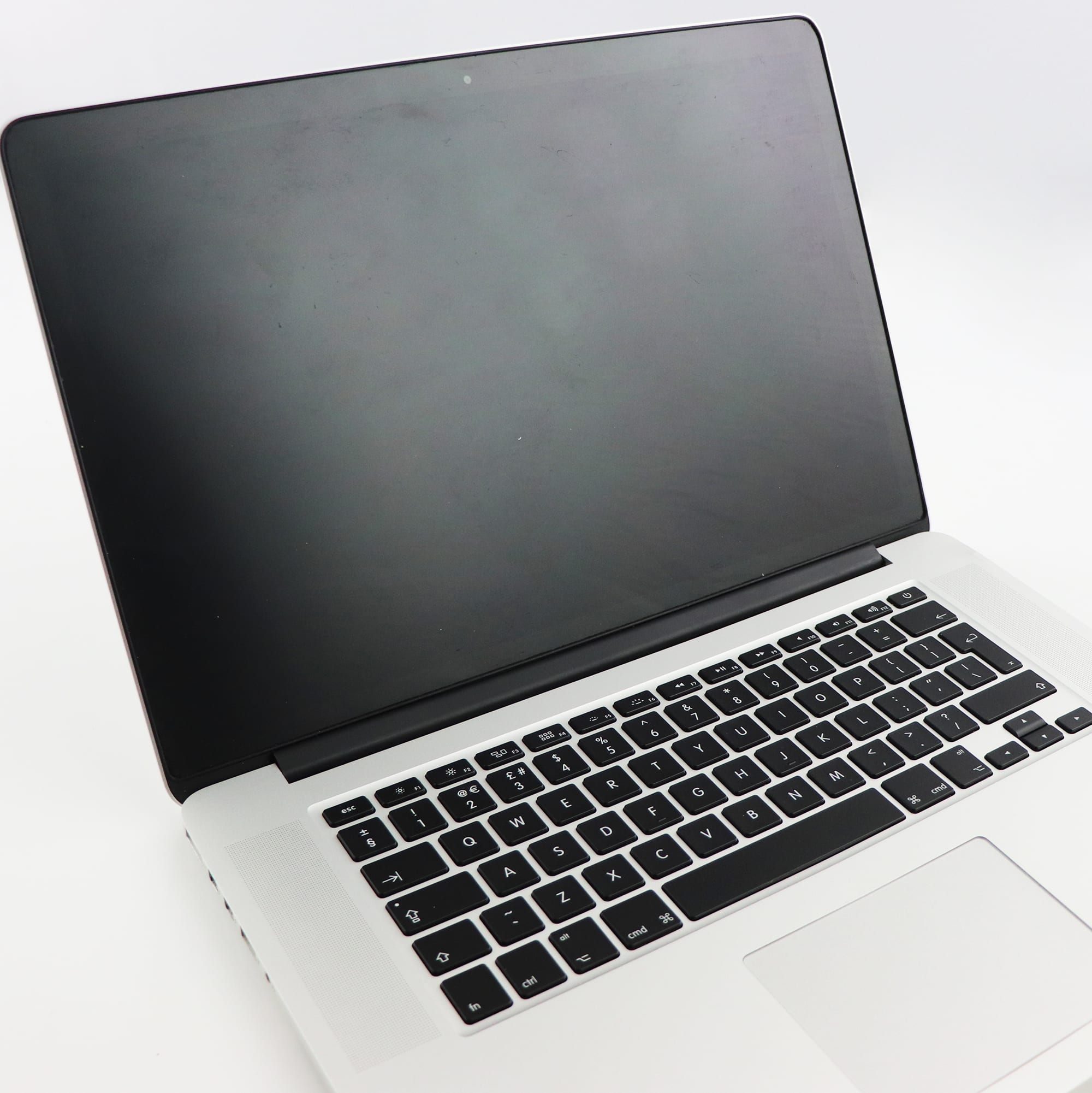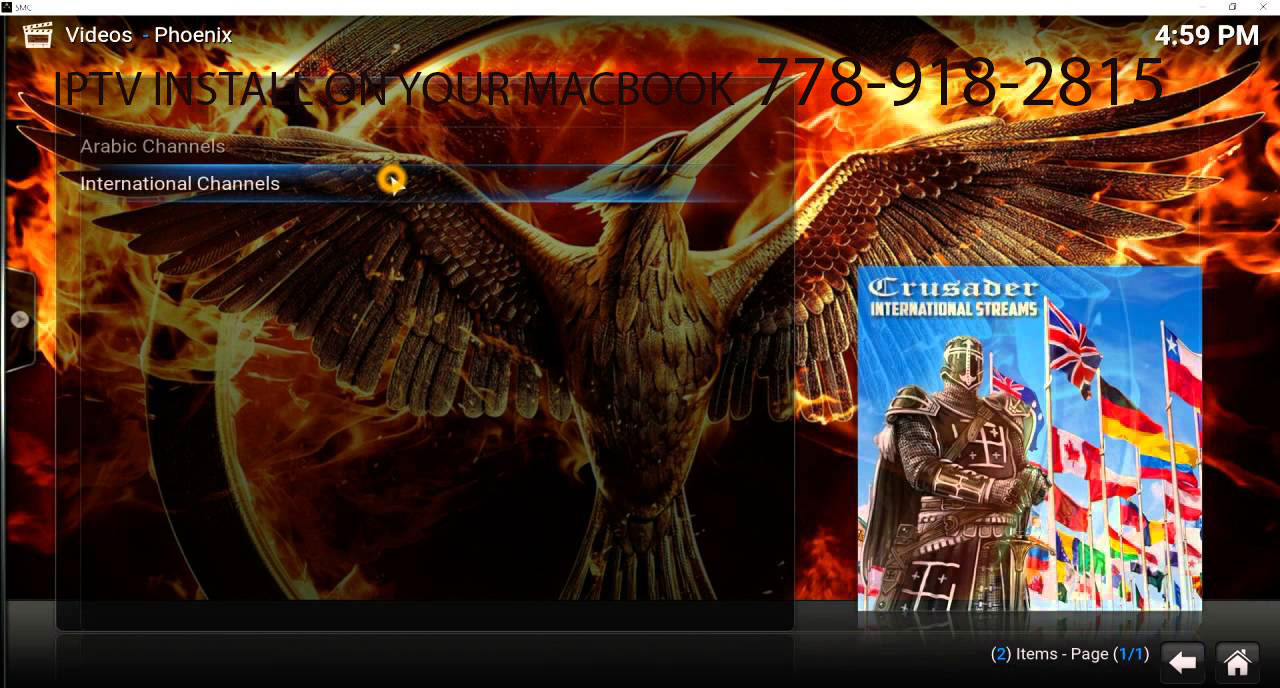

- #Mac pro 5 1 upgrades how to#
- #Mac pro 5 1 upgrades upgrade#
- #Mac pro 5 1 upgrades Pc#
- #Mac pro 5 1 upgrades professional#
- #Mac pro 5 1 upgrades mac#
Head over to "Bluetooth" preference panel and turn off Bluetooth. Here's a short list of what each beeping pattern means: 1 tone repeating every 5 seconds: When you start your Mac, it will automatically run system diagnostics. Reconnect the power cord, then try to turn your computer on. Posted by Lewan Solutions April 21, 2011.

When plugged into the power adapter the laptop works fine but the battery indicator flashes 5 times.
#Mac pro 5 1 upgrades mac#
Choose "Battery" (M1 MacBook Pro, M1 MacBook Air), or "Energy Saver" (M1 Mac Mini, iMac) M1 Mac laptops choose "Power Adapter", and then drag the slider for "Turn Display Off After…" to "Never".

If your computer does not have a removable. (charging) and the battery indicator no longer blinked 5 times quickly.
#Mac pro 5 1 upgrades how to#
How to Fix a Slow Macbook Pro: The Manual Methods (4-6 hours) The methods introduced below are the best manual fixes we have explored. If you battery blinks blinks more than 5 times, this indicates it needs to be recharged. Make sure the environmental temperature is not too hot. If you have a Mac Pro, learn about the status indicator light behavior on Mac Pro (2019). Release the keys when you hear a second startup chime, see a second startup logo, or after 20 seconds.
#Mac pro 5 1 upgrades Pc#
Reboot your Mac PC and press the "Command (?) My MacBook Pro won't recognize the device. These possible problems and solutions are applicable for all the MacBook Pro models of MacBook Pro 13″, MacBook Pro 15. Open System Preferences from the Apple menu. If Mac Pro is in firmware recovery mode, the status indicator light rapidly flashes amber three times, briefly flashes amber three times, then rapidly flashes amber three times. Wait around 15 seconds before pressing the power again to restart. Blinking light is a default behavior as long as drive is connected to a powered on machine. Here’s how the Xeon X5690 (2012 Mac Pro), Xeon E5-2697 v2 (2013 Mac Pro) and a Xeon Gold 6146 compare against each other.A power reset can fix many issues causing a computer not to start up. A 12-core Mac Pro is still respectable, but a modern dual-socket workstation system could contain as many as 56 CPU cores in a top-end configuration. It also ignores the fact that modern CPUs offer substantially more cores.

That’s before we factor in any performance improvements from AVX, AVX2, or AVX-512 support. Even if we assume that Haswell and Skylake added just five percent on average on top of that, a modern Xeon CPU would still be 1.27x faster than Westmere, clock-for-clock. As this comparison from Anandtech shows, SNB was ~15 percent faster than Westmere at the same clock speed. The fastest CPU configuration officially supported by a 2012-era Mac Pro is a pair of Xeon X5690’s, a six-core chip with a 3.46GHz base and 3.73GHz turbo clock. While it’s absolutely true that CPU performance improvements have slowed in recent years, 2011’s Sandy Bridge was a significant improvement over Westmere. But this is far from a sure thing and we’d generally recommend against it.īig Little Frank’s custom “cheese grater” Mac Pro If you know your workloads are entirely GPU-limited, it might be worth investing in a tower Mac Pro with a pair of modern graphics cards. There’s no doubt the classic Mac Pro tower can offer certain capabilities that the new iMac Pro and 2013 Mac Pro trash can both lack - like multiple internal drive bays, and the (unsupported) option to use modern GPUs in a multi-GPU configuration, as opposed to being limited to AMD’s ancient GCN 1.0 technology.
#Mac pro 5 1 upgrades upgrade#
It’s not hard to see why some users would prefer to upgrade the old “cheese grater” Macs rather than buying a 2013 system, and there’s even a Danish vendor, Big Little Frank, dedicated to reselling machines built around the older CPU platform.
#Mac pro 5 1 upgrades professional#
The question is, will this meaningfully benefit professional users - and can a third-party vendor beat the 2013 Mac Pro or the newer iMac Pro using Apple’s Mac Pro 5.1 from back in 2012? Five years later, third-party firms have taken it on themselves to offer the upgrades and capabilities Apple hasn’t added, and they’re using Apple’s older chassis to do it. While the new design and capabilities worked for some professional users, it failed to address the needs of others. The then-new systems emphasized multi-GPU configurations and offered a large number of Thunderbolt ports, but the diminutive form factor limited users to a single CPU socket and very little internal storage. When Apple launched its redesigned Mac Pro in late 2013, it alienated a significant percentage of its professional user base.


 0 kommentar(er)
0 kommentar(er)
